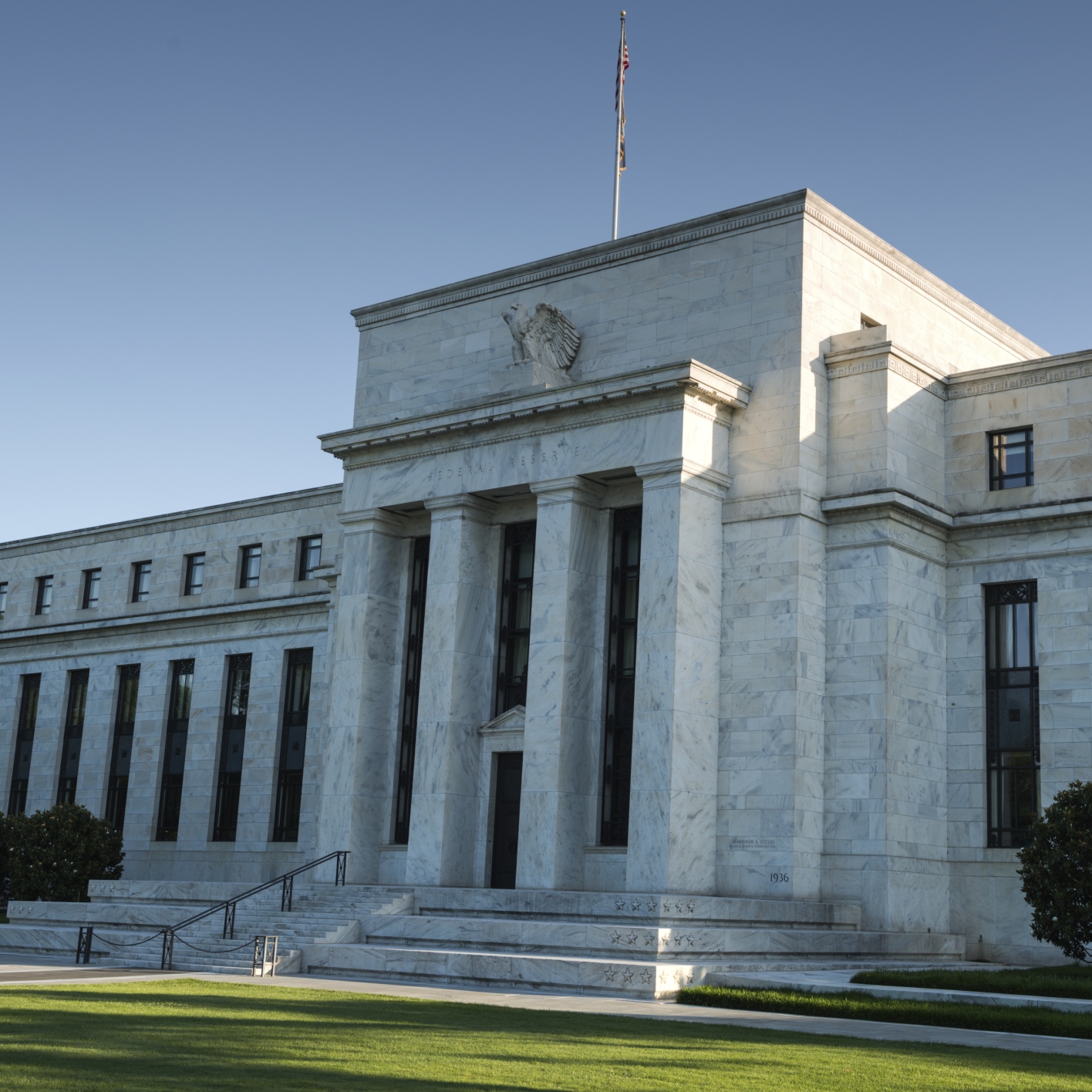Economy
FOMC Rate Hike Comes With Almost Perfect World Predictions in 2019 and 2020

Published:
Last Updated:

The Federal Reserve has delivered its first formal interest rate hike for the tenure under new Fed Chairman Jerome Powell. While the formal rate hike was already expected, what matters is the Fed’s longer-term outlook on interest rates, unemployment, inflation and economic growth. The one takeaway we would have, without the benefit of seeing Jerome Powell’s press conference after this, is that the FOMC’s projections are assuming an inflation outlook that remains somewhat low, with continued strong employment and with GDP growth that remains solid but subdued versus historical standards.
The Federal Open Market Committee (FOMC) decided to raise the target range for the federal funds rate by 25 basis points to a range of 1.50% to 1.75%. The discount rate was also raised by 25 basis points to 2.25%. The stance of monetary policy is not even yet considered Neutral — they say it remains accommodative to support a strong labor market and a sustained return to 2% inflation.
The FOMC noted that since its January meeting the labor market has continued to strengthen and that economic activity has been rising at a moderate rate. And the Fed is simply not ready to panic about inflation. The Fed statement said:
On a 12-month basis, both overall inflation and inflation for items other than food and energy have continued to run below 2 percent. Market-based measures of inflation compensation have increased in recent months but remain low; survey-based measures of longer-term inflation expectations are little changed, on balance.
And on the rate hike expectations ahead, the Fed statement said:
The Committee expects that economic conditions will evolve in a manner that will warrant further gradual increases in the federal funds rate; the federal funds rate is likely to remain, for some time, below levels that are expected to prevail in the longer run. However, the actual path of the federal funds rate will depend on the economic outlook as informed by incoming data.
The rate hike was completely expected by the markets. Voting for the FOMC monetary policy action were Chairman Jerome Powell, and the following: William C. Dudley, Vice Chairman; Thomas I. Barkin; Raphael W. Bostic; Lael Brainard; Loretta J. Mester; Randal K. Quarles; and John C. Williams.
The consensus from the FOMC, by just one vote, is for three rate hikes in 2018. That also implies that a fourth rate hike is still easily within the realm of possibilities if the economic data were to continue heating up in the months and quarters ahead this year.
The most important issue is the Fed’s outlook for longer-term economic trends like GDP, unemployment, inflation, and for future rate hikes.
Longer-term projections from the FOMC are listed below.
Median Fed Funds ahead (with changes from last projection):
REAL GDP (with changes from last projection):
Unemployment (with changes from last projection):
Core PCE Inflation (with changes from last projection):
Retirement planning doesn’t have to feel overwhelming. The key is finding expert guidance—and SmartAsset’s simple quiz makes it easier than ever for you to connect with a vetted financial advisor.
Here’s how it works:
Why wait? Start building the retirement you’ve always dreamed of. Click here to get started today!
Thank you for reading! Have some feedback for us?
Contact the 24/7 Wall St. editorial team.